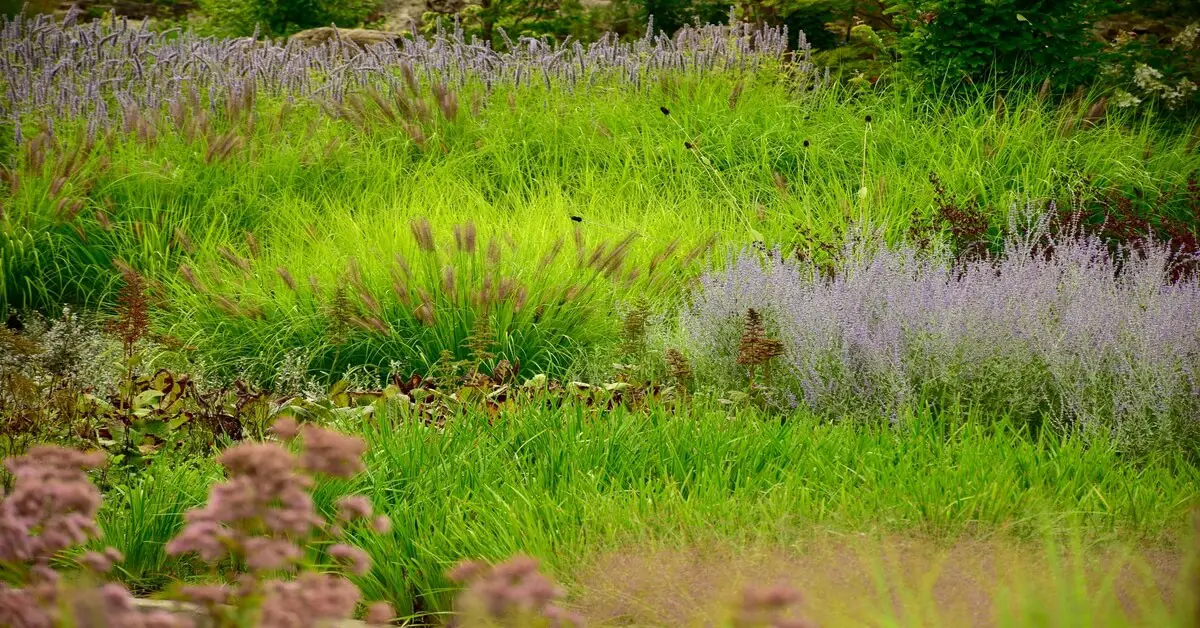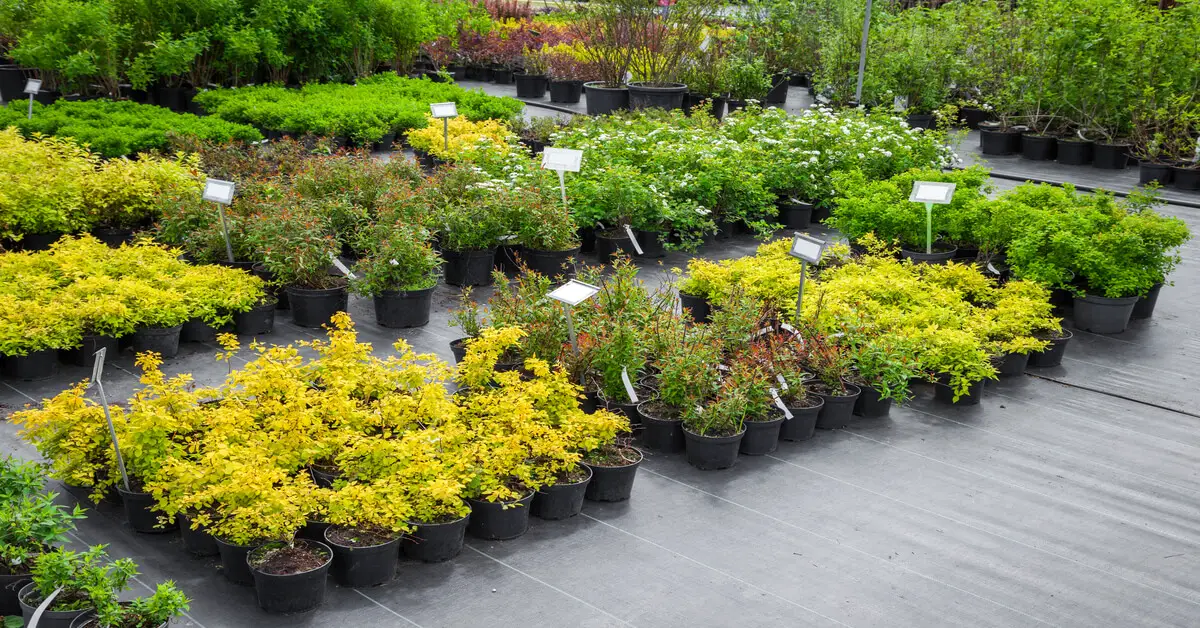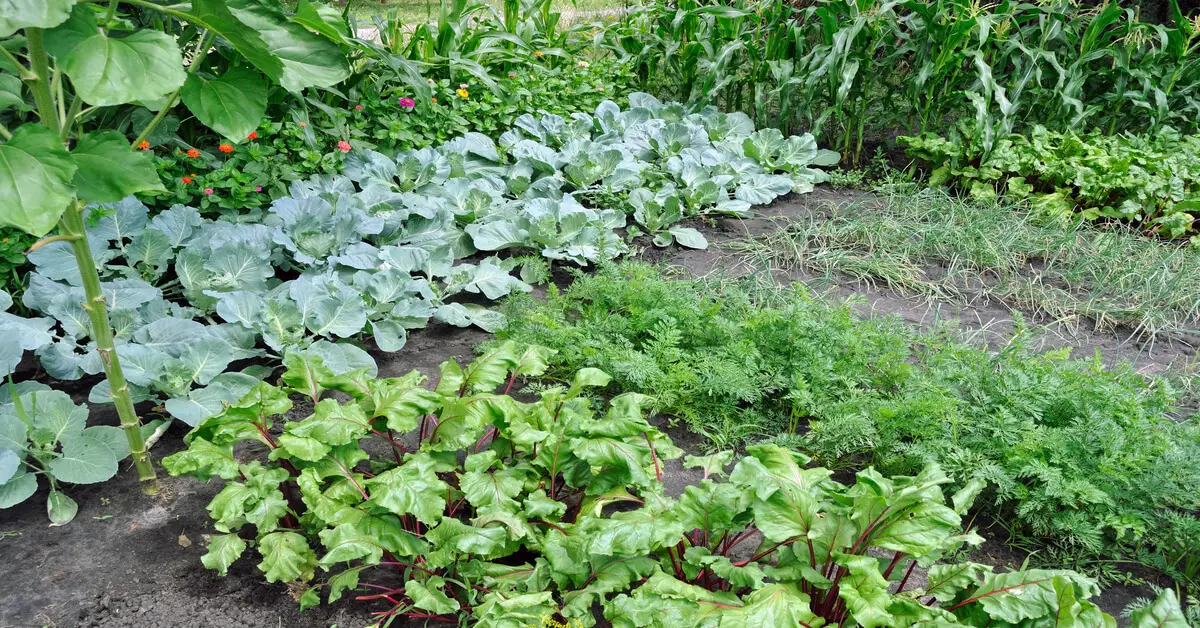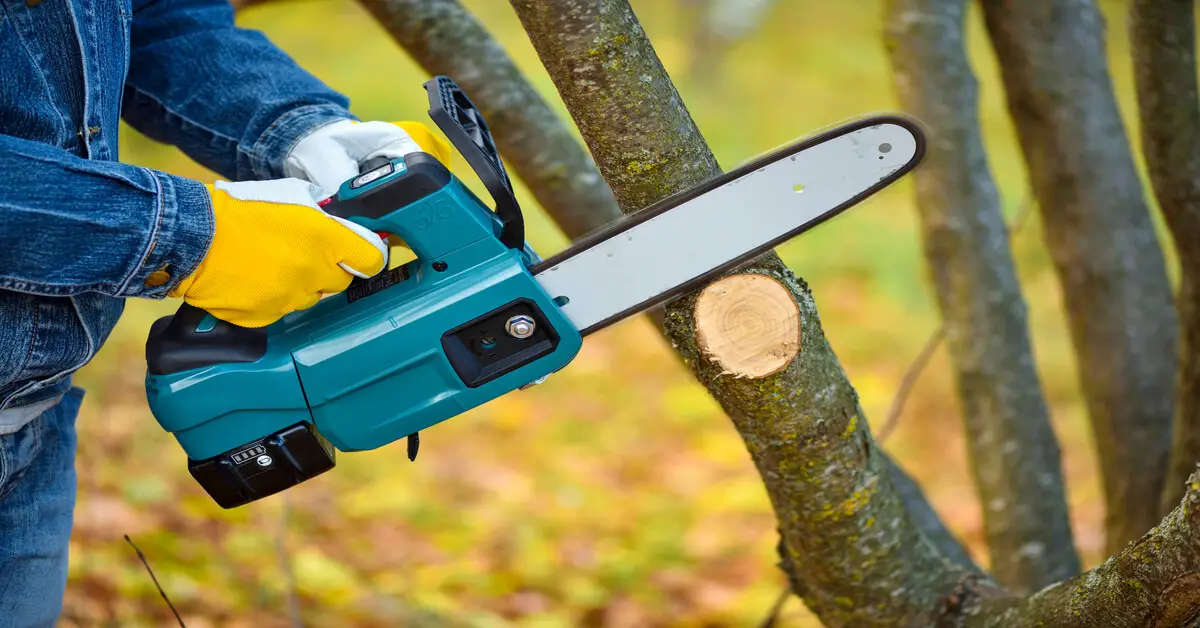As climate change and sustainability issues continue to garner global attention, you may be looking for ways to reduce your carbon footprint. One of the latest eco-friendly gardening trends to gain momentum is climate-conscious gardening.
Climate-conscious gardening allows you to modify your gardening techniques to improve sustainability and reduce environmental impacts. You can eventually create a carbon-neutral or even carbon-negative garden by making small changes every year. Here are five climate-conscious gardening techniques you can use to reduce your carbon footprint.
#1 Grow Native Plants

Planting the right plants in the correct place can make your garden more sustainable and eco-friendly. Native plants are the holy grail when it comes to reducing the negative impacts that gardening can have on the environment.
Native plants have adapted to the local environment for thousands of years. They will grow healthier and stronger than non-native plants without much intervention from you. This can reduce their need for watering, pesticide applications, and soil amendments like fertilizer. Reducing water usage and chemical inputs is better for the environment. Plus, it will save you money.
Native plants can improve ecosystems because they provide wildlife habitat to the native fauna in your area. The obvious beneficiaries of native plants are pollinators and birds. However, native plants create homes for small mammals and reptiles, too. They also support the native microscopic organisms living in the soil, naturally improving the soil health in your garden.
#2 Purchase Locally Grown Plants

Purchasing plants from a local nursery helps reduce your garden’s carbon footprint. When you buy plants from a big box store, they’ve likely traveled a long way to get there.
The farther plants travel before making it into your garden, the more greenhouse gasses their transportation adds to the environment. Reduce this environmental impact by purchasing plants from a locally owned nursery that produces its plants.
#3 Grow Your Own Food

Another way to reduce your gardening carbon footprint is to grow your food. Produce often travels a long distance before reaching your local grocery store. Growing your fruits, veggies, and herbs reduces greenhouse gas emissions. The plants themselves will also sequester carbon dioxide from the air, further reducing your carbon footprint.
Where you live and how much gardening space you have can limit your ability to grow certain produce. The expectation here isn’t to grow ALL of your produce but to reduce the amount you must purchase from the store. When you purchase produce at the grocery store, try to opt for organic produce, which has fewer negative impacts on the environment.
#4 Utilize Energy-Efficient Landscaping

Strategically placing plants around your home can help keep it cool in the summer and warm in the winter. Plants can improve your home’s energy efficiency, saving money and reducing carbon emissions.
Planting deciduous trees strategically in your yard can help heat and cool your home. Their leaves provide shade, keeping your house cooler in the summer. Since they lose their leaves in winter, they won’t block the sun, allowing it to help warm your home. It’s best to plant trees on the south and west-facing sides of your home to block the summer sun.
Shrubs can also create windbreaks around your home. If you live in a colder region, plant shrubs on the north and northwest sides of the home to block the cold winter winds.
#5 Go Electric With Gardening Tools

Gas-powered tools like tillers, cultivators, string trimmers, and lawnmowers burn fossil fuels, adding greenhouse gasses to the atmosphere. Switching to electric tools will reduce your greenhouse gas emissions. Plus, you won’t have to make a trip to the gas station for a gas refill, saving you time and money in the long run.
Understandably, replacing all your gas-powered tools at once may not be within your budget. You can move to electric tools as your gas-powered ones need upgrading or replacing.
Regarding climate-conscious gardening, remember Rome wasn’t built in a day. Making small changes to your gardening techniques each year will add up over time to reduce your carbon footprint. The main point is to be conscious of how gardening can impact the environment and strive to do better moving forward.

